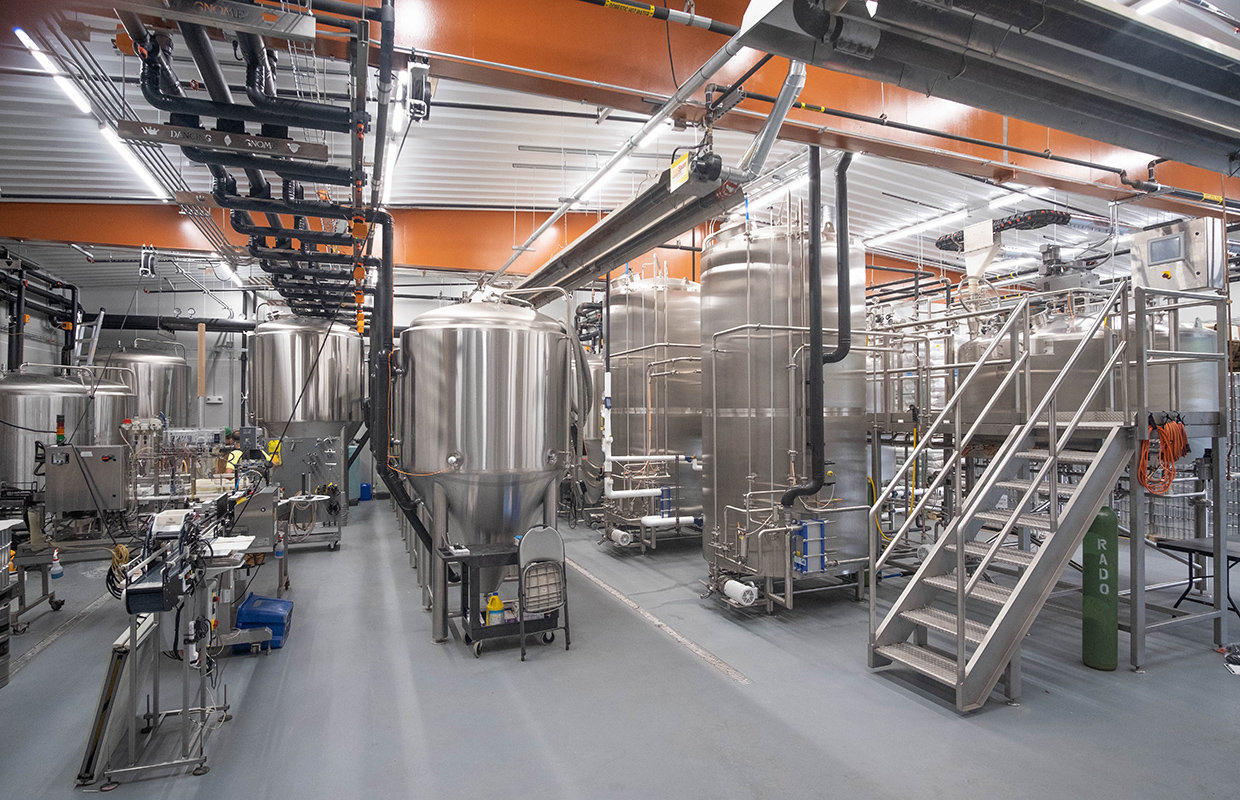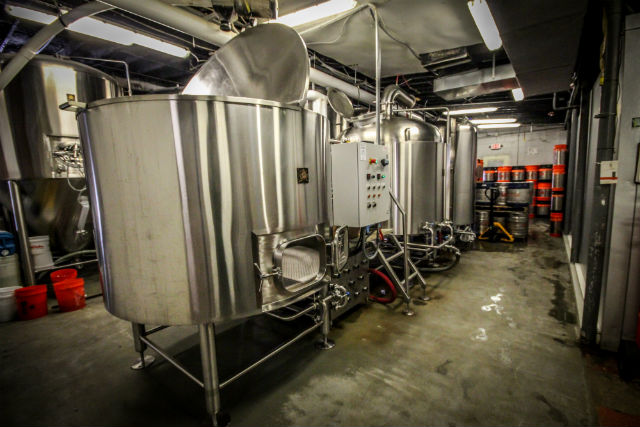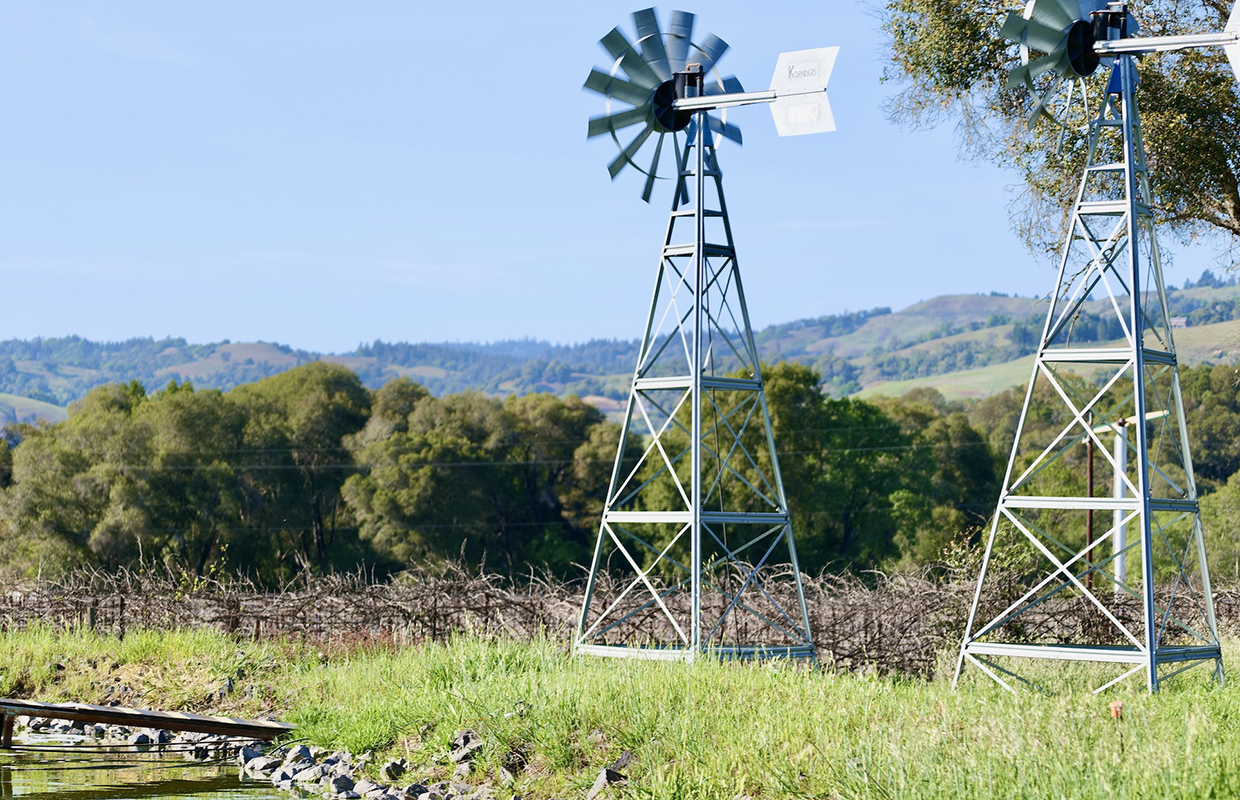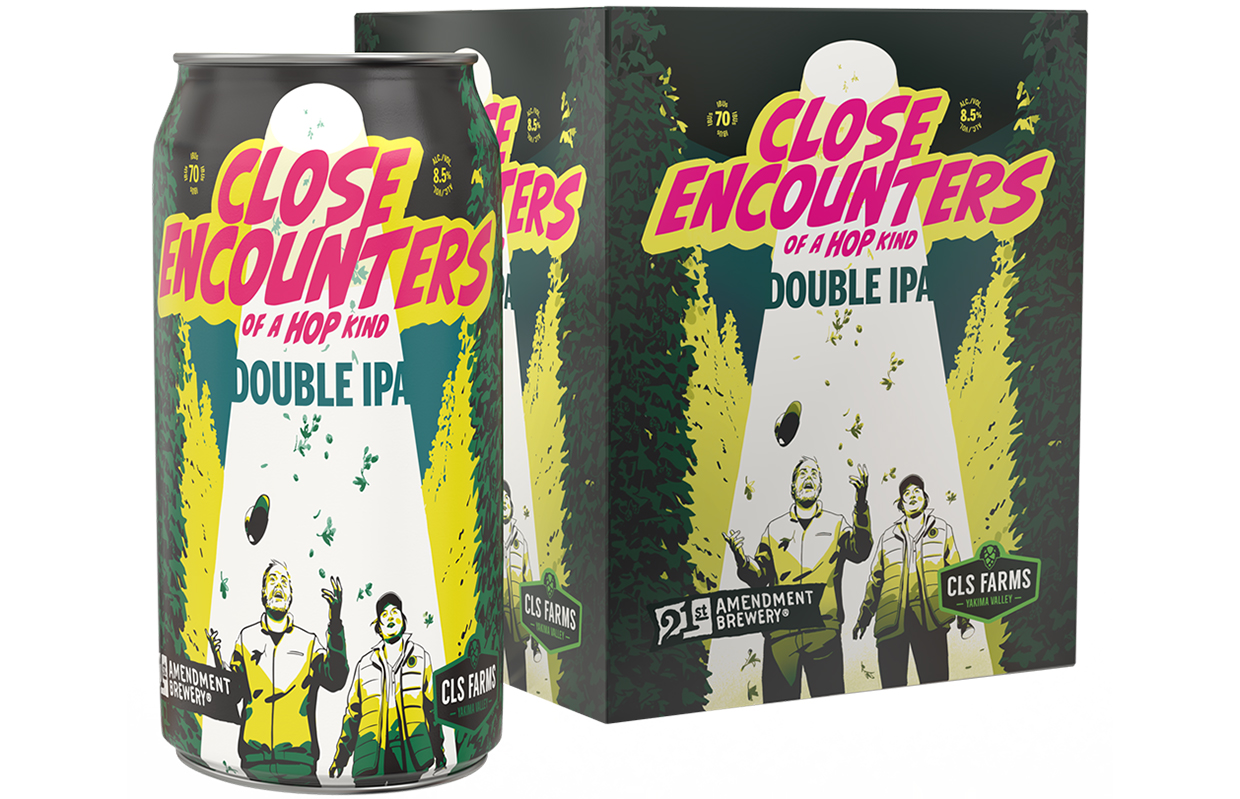
From creating a core brand to making a one-off or “exBEERimental,” including adjuncts in a beer can be either a simple part of the brew day or else a thought project on what makes the most sense for your equipment and the flavor or aroma profile.
Oakshire’s Dan Russo believes fruit is definitely hard with the possibility of it refermenting in the package unless you have a sterile filter or pasteurizer.
“We’ve definitely had to come over numerous issues with that over the years,” he told Brewer.
“Fruit purees can certainly add a pectin haze, so that’s something to be prepared for,” said Mother Road CIO Peter Kruger. “Also, depending on when these purees are added, you can really lose some of the subtle nuances. Heat and vigorous fermentation can cause valuable aroma to dissipate.”
For Dark Sky, co-owner and Head Brewer Ryan Sandlin said the hardest adjunct for the Colorado brewery would have to be coconut because of the volume they need to use and they toast it by hand before use. Coconut is also super absorbent, Russo said.
“You can put in seven barrels of beer with coconut at a rate of 20 lbs/bbl and walk away with only three barrels of finished beer. It’s pretty wild,” he said. “Also it can clog up a canning line like crazy.”
Kruger said cane sugar can lead to some funky fermentation of flavors and aromas.
“Inverting the sugar with heat and acid will break it down to glucose and fructose, which yeast find much easier to consume,” he explained.
Peanut flour can also be pretty tough, Russo added.
“It gets the flavor that you want in, but can also get chunky and balled together,” he said. “(You) just need to move slow to get that going.
“Everything else after a while is kind of straightforward. To learn, you make mistakes, you go again.”
For all the most common adjuncts used, Kruger said that finding unique ones are still out there to try to include and master.
“We recently brewed our 12th Anniversary Ale, an English Estate Ale,” he said. “We used split peas as a source of extract. In moderation, this added a lovely freshness and sweetness to the beer. Certainly unusual, but delicious.”
Sandlin said that Dark Sky uses Amarbarana wood for batches as well.
Photo courtesy Dancing Gnome Brewing






Be the first to comment